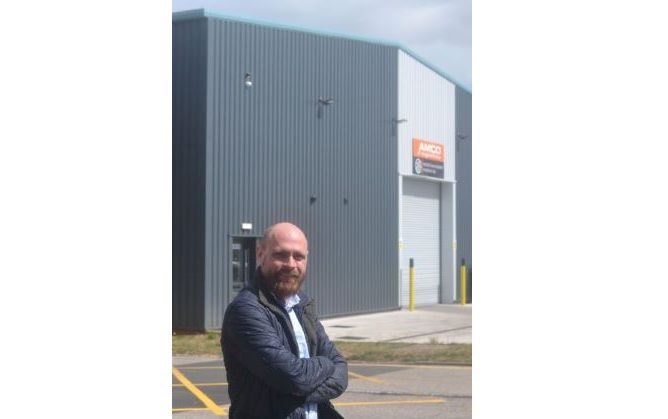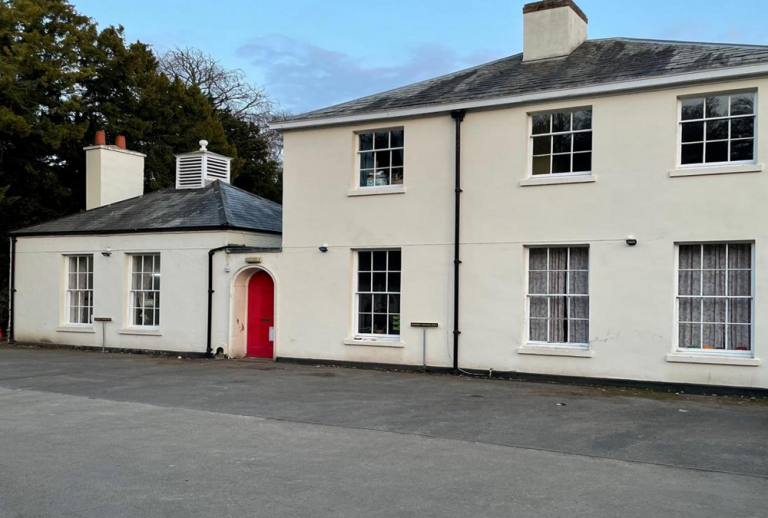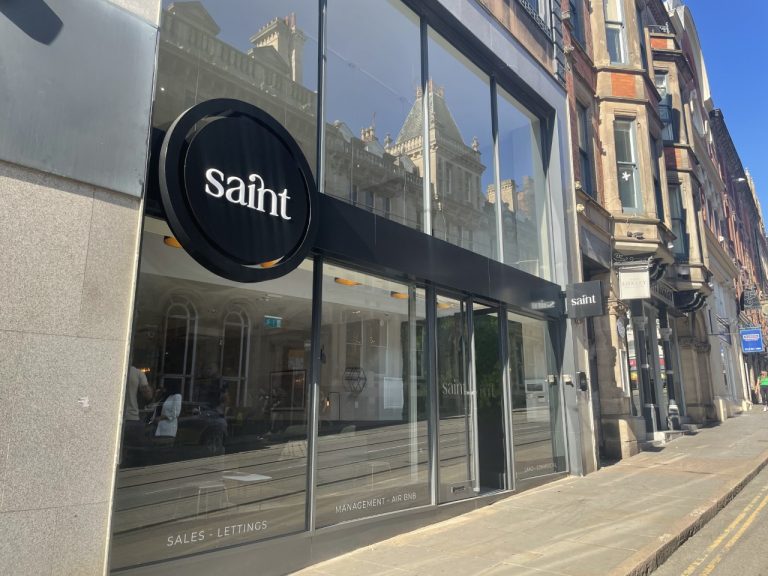Hotel and offices set for Everards Meadows
West Northamptonshire submits £64.5m bid to Levelling Up Fund
- Close to one of the most deprived areas in the country the restoration of 19th century stables at Delapré Abbey will create a wellbeing hub that increases access, awareness, education, empowerment, knowledge, and control over decisions about health – both physical and psychological – and will be matched funded by the Delapré Abbey Preservation Trust (DAPT) with £1.1 million.
- The establishment of cancer care centre at Northampton General Hospital, match funded with £1.1 million from the charity Maggie’s, will provide third sector support to the Integrated Care System with an evidence-based programme of psychological, social and practical support to patients and their families which has proven to improve mental health, well-being and practical outcomes.
- And a £8.6 million bid to build a new animal welfare unit at Moulton College will allow new courses and greater capacity to support the growth of the workforce in key sectors whilst creating more pathways to employment for students of all backgrounds.
Haulage company lets 133,000 sq ft logistics unit in Northampton
17,000 sq ft let at Marchington Industrial Estate
Pair of Nottingham day nurseries sold to Kids Planet
Saint stride into new Nottingham offices
New Chilwell offices for Henry Brothers
13 years of success – rugby star’s strategy consultancy celebrates milestone
Network with leaders in property and construction at the East Midlands Bricks Awards 2022
To book tickets for the awards event, which will run from 4:30pm – 7:30pm, please click here.
Shortlist for the East Midlands Bricks Awards 2022
Most Active Agent – sponsored by Blueprint Interiors Mather Jamie OMEETO BB&J Commercial Commercial Development of the Year – sponsored by Frank Key Broad Marsh Bus Station and Car Park – Galliford Try Construction Etiquette Park – Clowes Developments Nottinghamshire Police and Nottinghamshire Fire & Rescue Service joint HQ – Henry Brothers Responsible Business of the Year – sponsored by Press for Attention PR Cawarden Arc Partnership Phoenix Brickwork Residential Development of the Year – sponsored by Sterling Commercial Finance The Rise, Southwell – Stagfield Group Glenvale Park – Glenvale Park LLP Hindle House – KMRE Group Deal of the Year – sponsored by Blythin & Brown Insurance Brokers St James Securities – Phase Two of the Becketwell regeneration scheme in Derby – 3,500 capacity Becketwell performance venue with ASM Global Wells McFarlane, APB and Newton LDP – sale of 460 acres of land in North Leicestershire, making way for a new garden village Morgan Industrial Properties Limited – acquisition of the former Ewart Chain site in Shaftesbury Street, Derby Developer of the Year – sponsored by Ward Hockley Developments St James Securities HBD Architects of the Year – sponsored by OMS Swain Architecture Rayner Davies Architects CPMG Architects Excellence in Design – sponsored by Cawarden St. Peter’s Gate renovation – CPMG Architects Health and Allied Professions Centre at Nottingham Trent University – Pick Everard Brookside Farm – Chevin Homes Sustainable Development of the Year – sponsored by Viridis Building Services Refurbished HQ for LKAB Minerals – Scenariio Northern Gateway Enterprise Centre – Chesterfield Borough Council, Whittam Cox Architects, Robert Woodhead Group Broad Marsh Bus Station and Car Park – Galliford Try Construction Contractor of the Year – sponsored by RammSanderson Galliford Try Construction Cawarden Enrok Construction The Overall Winner, sponsored by Streets Chartered Accountants, will also be announced at the ceremony, who will be awarded a year of marketing/publicity worth £20,000.











To be held at:

Register for the free East Midlands Expo now!
For more information on exhibiting at the event click here.
To register to attend the event for free click here.
To secure tickets for the networking lunch click here.
From property agents to developers, architects, contractors, investors, PR firms, and more, see the list of current exhibitors here.











